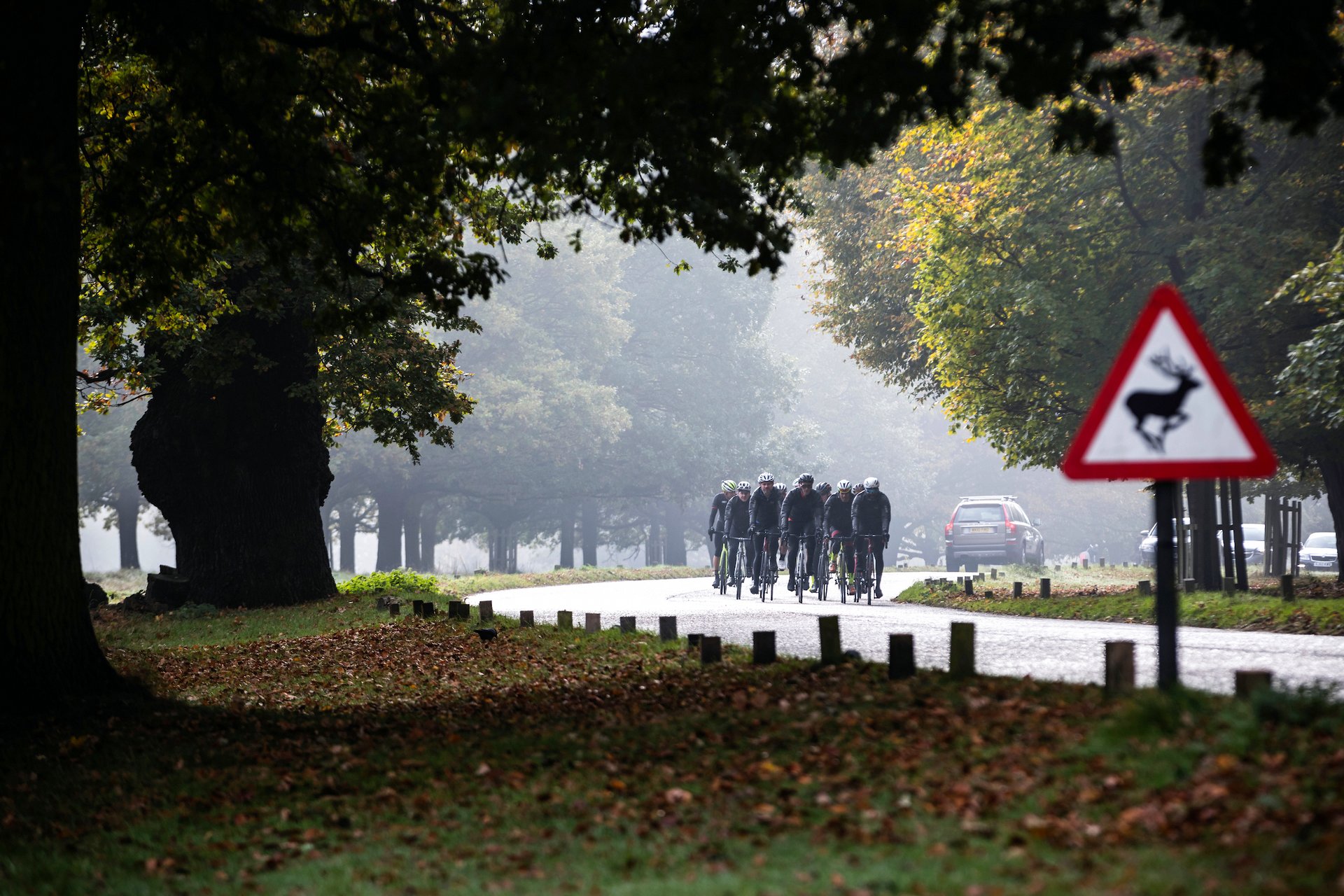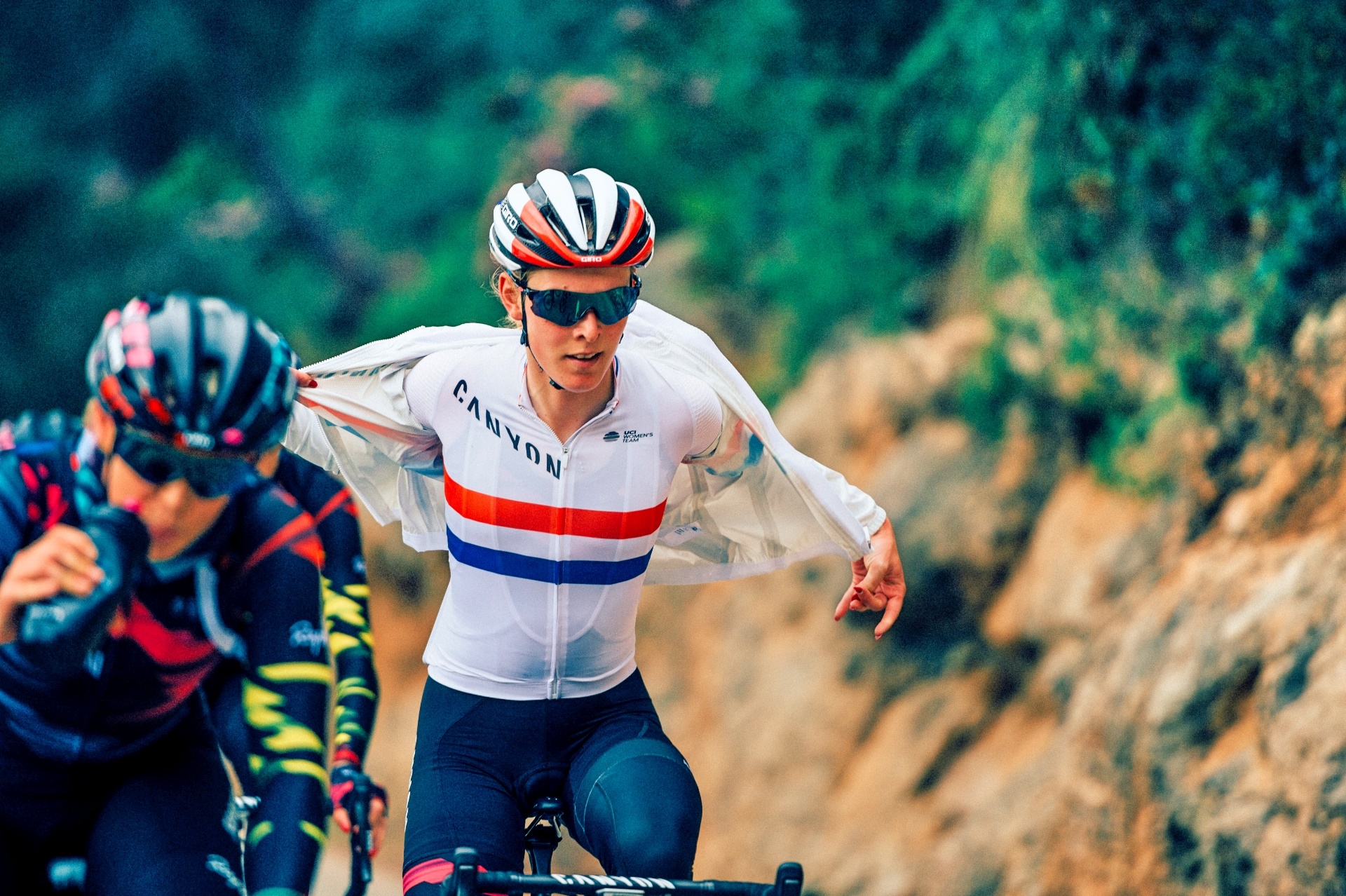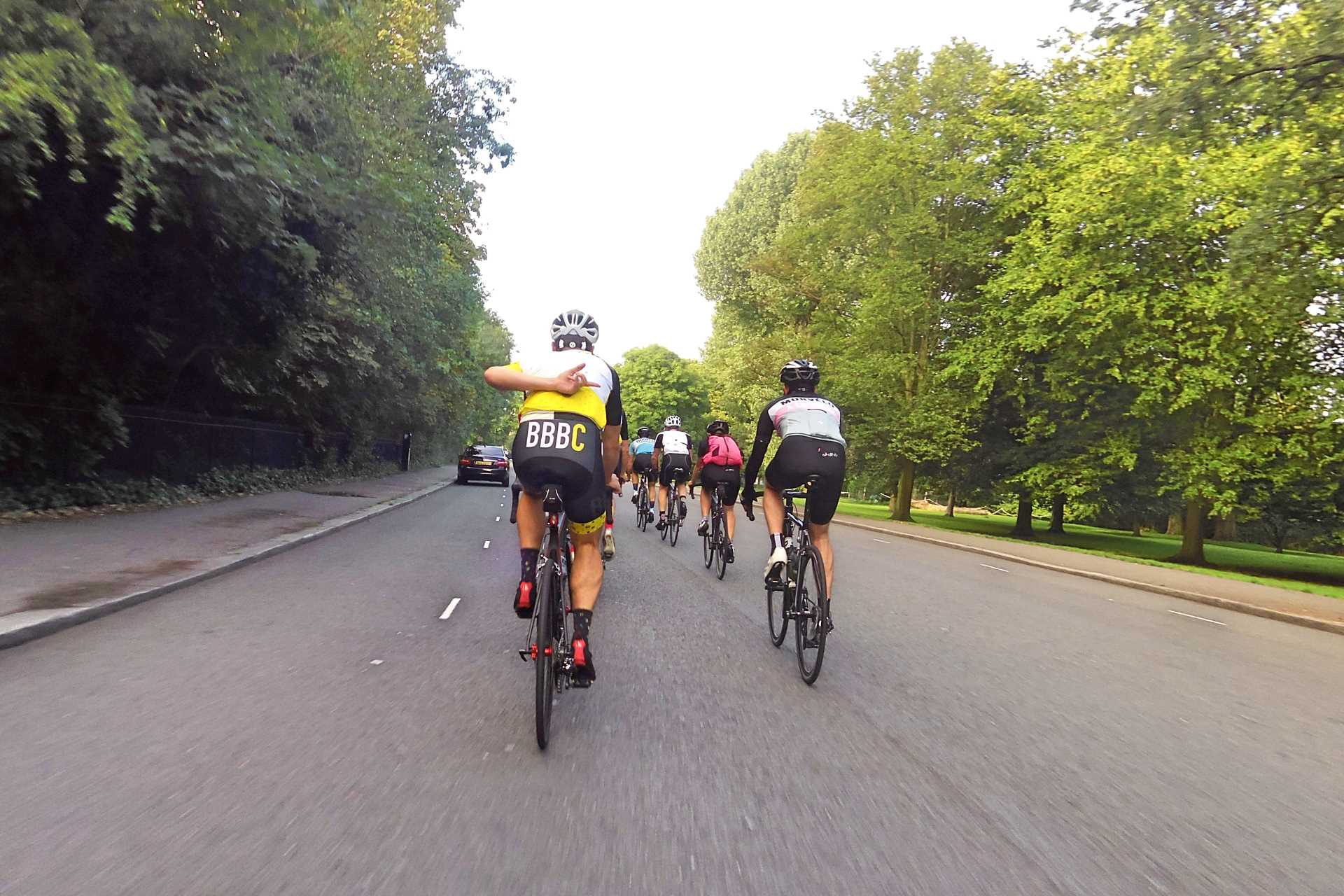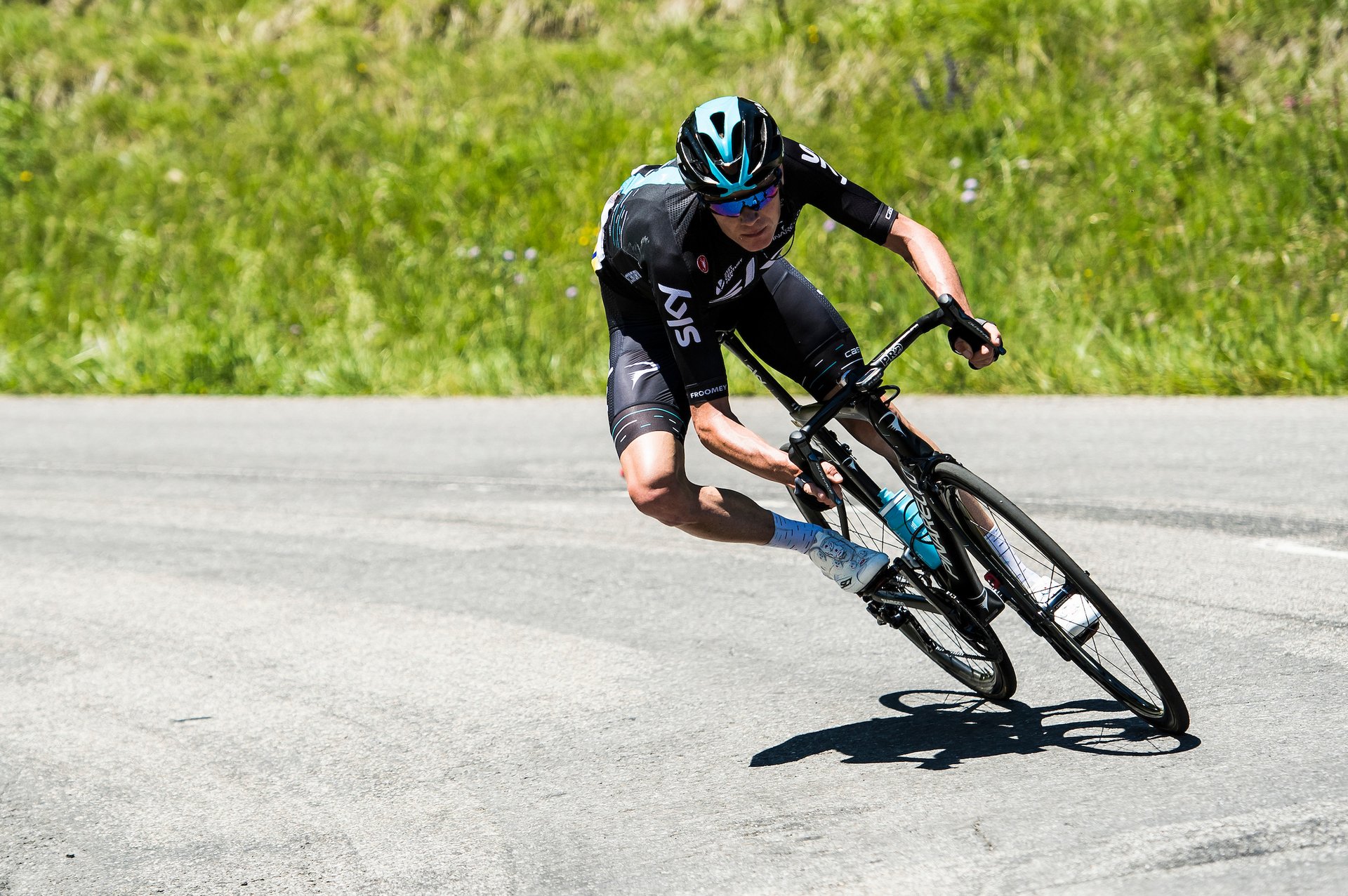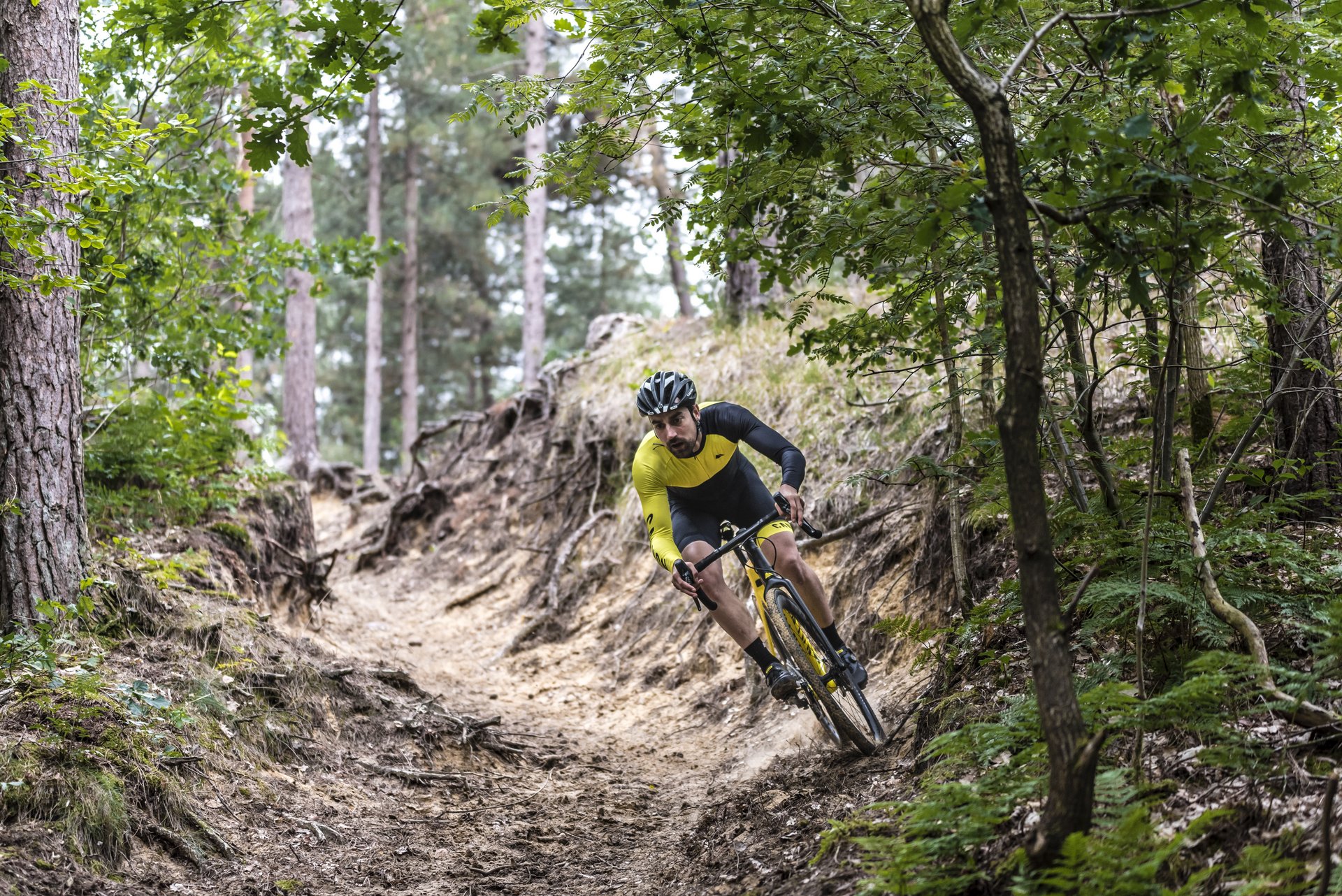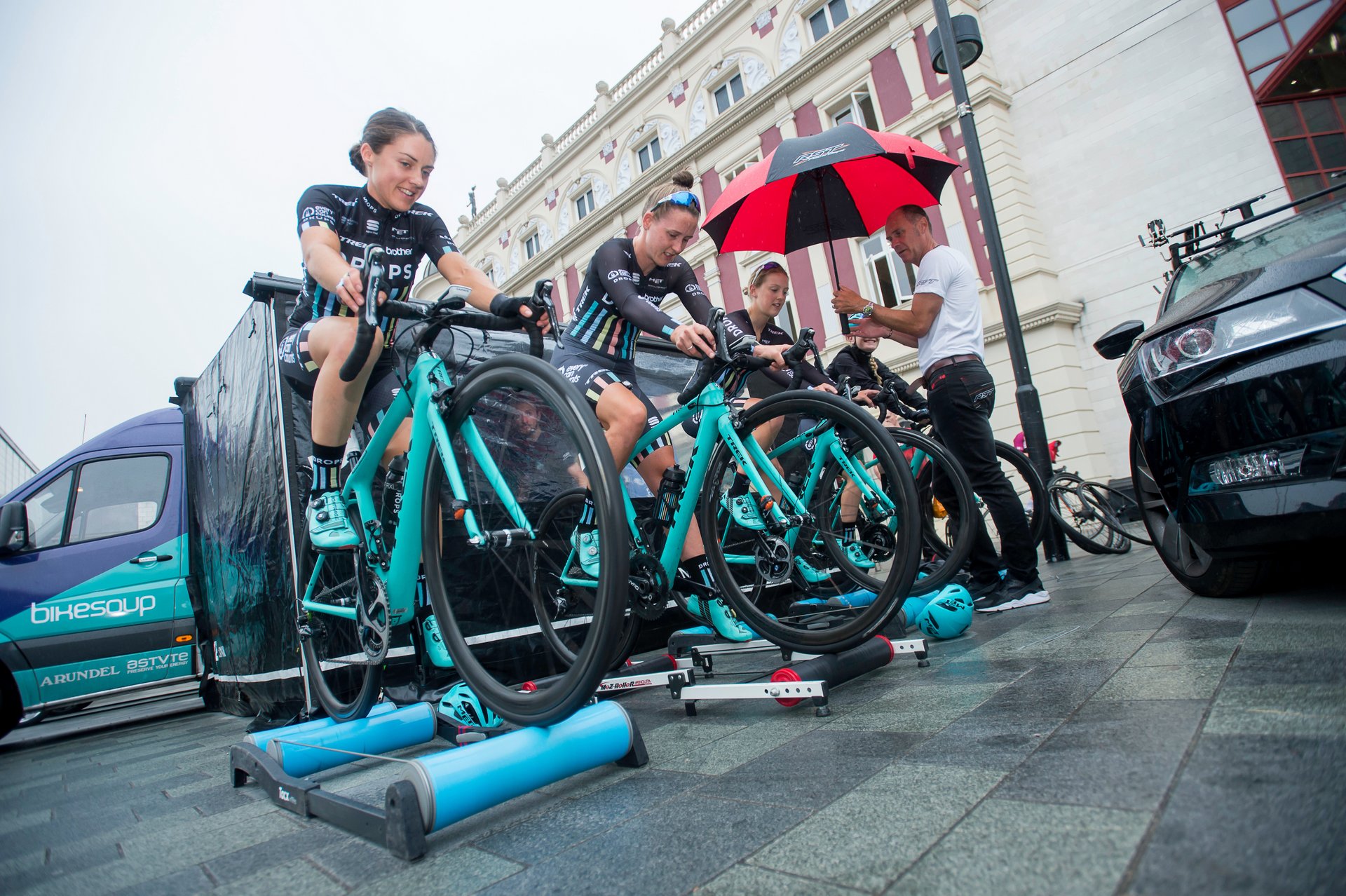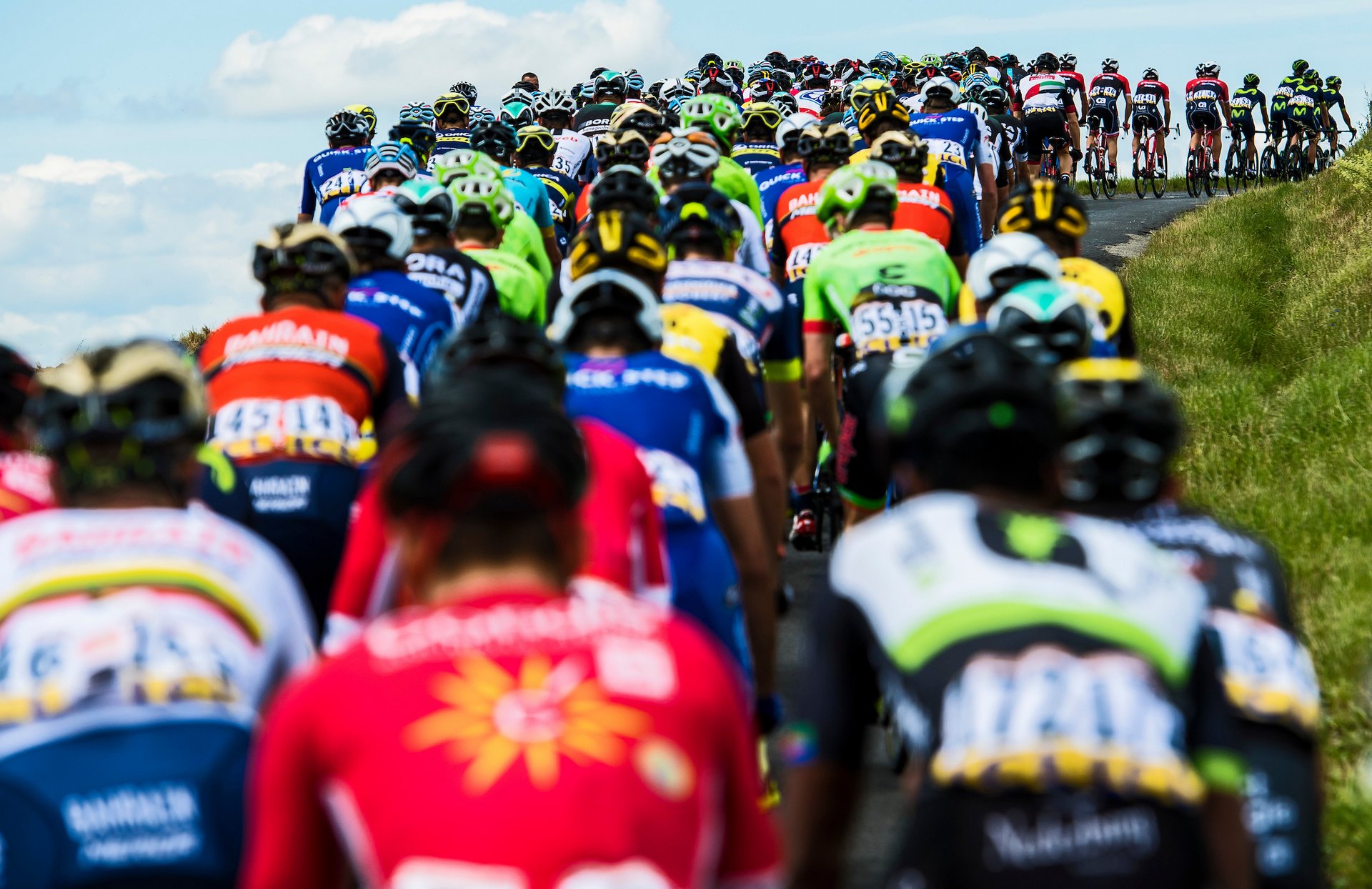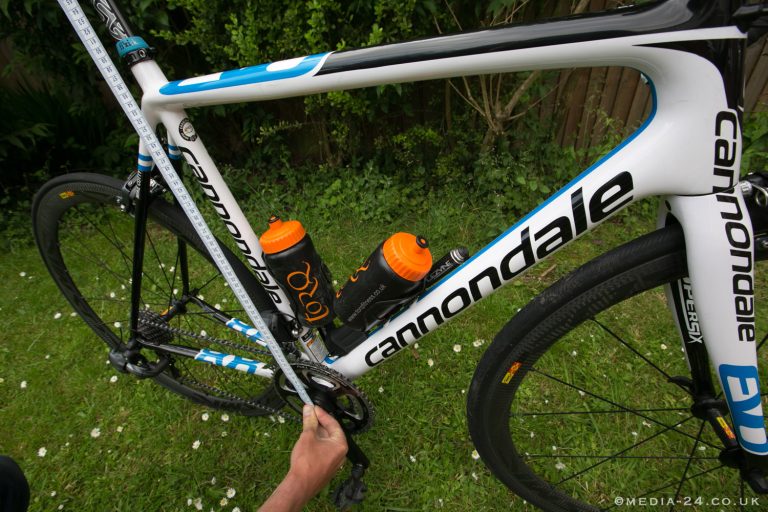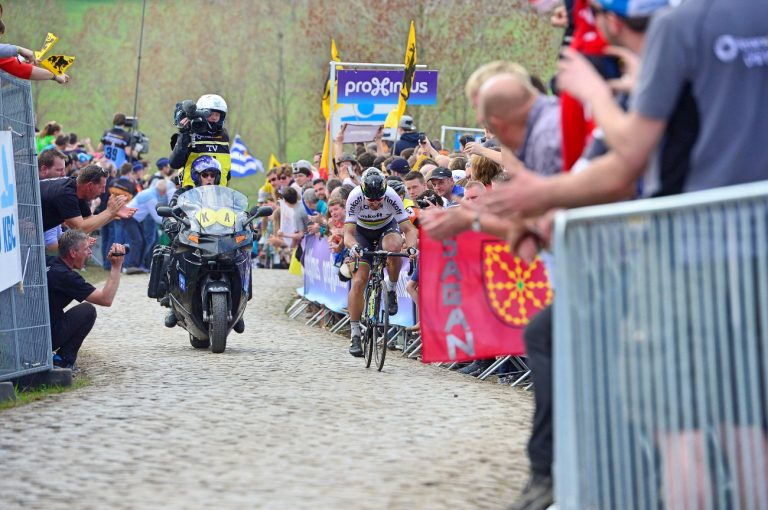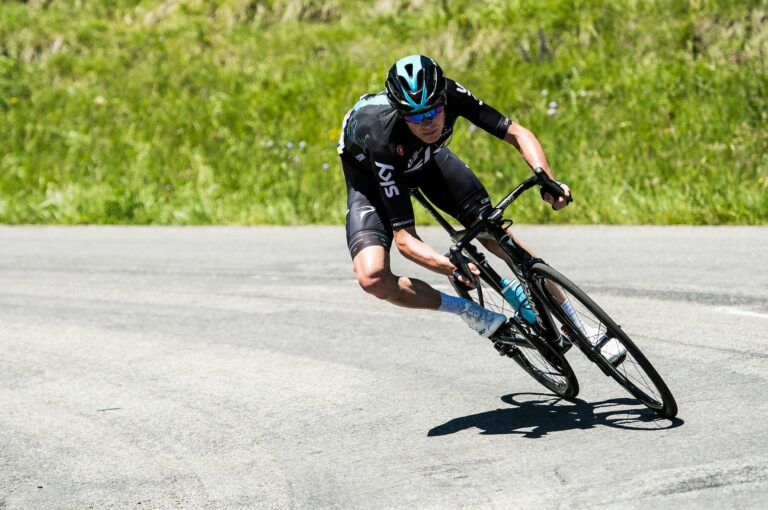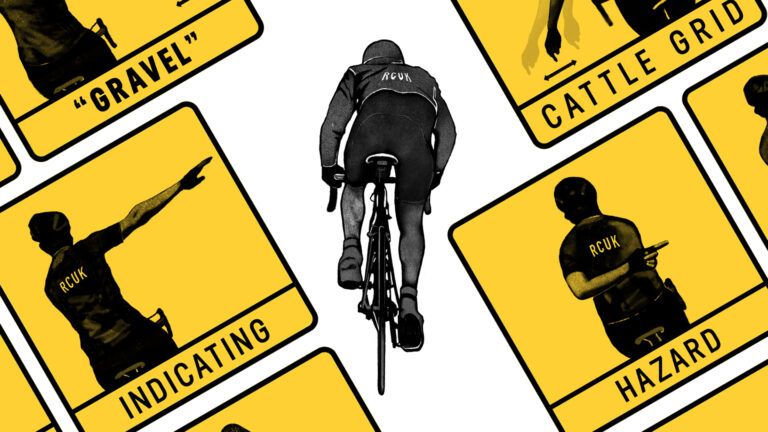Do you ever feel uneasy on a bike in close quarters, or jealous of the rider in front of you who seems to make a habit of showing off their advanced bike handling skills while you feel limited to taking just one hand off the handlebar to grab a sip of water?
You’re not alone. Improved bike handling skills will make you feel more comfortable on the bike, particularly when riding in a group, and will help you stay safe out on the road. It’s with great interest, therefore, that we’ve spoken to two coaches, Stu Auckland and Dave Lloyd, to get six top tips that will help you improve your bike handling skills.
But first, a little on why and how these skills are so vital for cyclists everywhere.
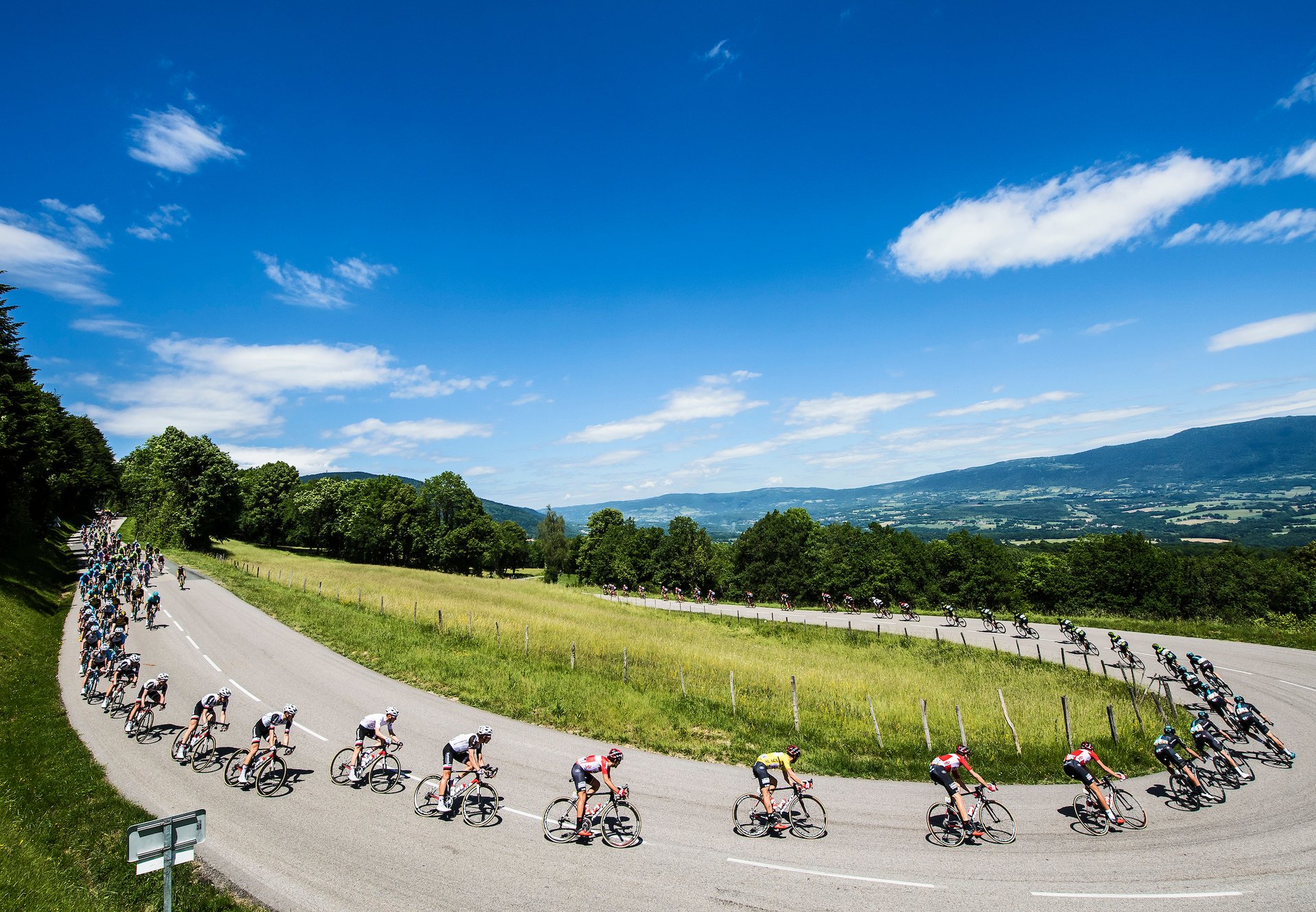
What is ‘bike handling’ anyway?
The term ‘bike handling’ itself is a little vague – certainly, it can cover all manner of things from riding with one or no hands and carrying out tasks like drinking from a water bottle or taking off an item of clothing, to reacting to obstacles in a timely, efficient and considerate way.
Auckland succinctly defines it as “dealing with the unexpected” while out on the bike. “Whether this be on an unfamiliar road, riding with a group or in adverse conditions, every ride is permeated with the unexpected,” he says.

